It’s a common question, especially among new AR-15 owners: “What is the difference between A1 vs A2 flash hiders?”
And we’re always happy to explain – but first we have to make sure those folks understand exactly what muzzle flash and flash suppressors are. If you are already enlightened on those points, please feel free to skip ahead to the section of this short article titled A1 vs A2 Flash Hiders.
What Is Muzzle Flash and Why Is It Bad?
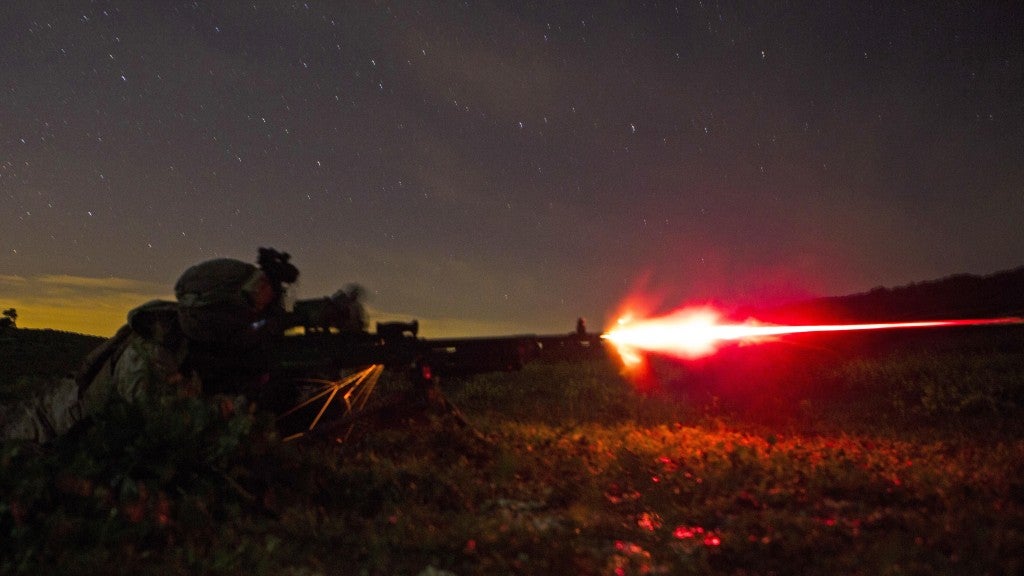
During ignition, the propellant gasses may not have time to fully combust until after they have exited the barrel. Since they are still burning during expulsion, they produce light. This is why longer barrels, which give propellant gasses more time to burn up, permit comparatively less muzzle flash than shorter barrels. (Longer barrels also typically lead to greater muzzle velocity.)
Muzzle flash has two negative consequences.
First, any bright burst of light is going to negatively affect the shooter’s night vision. Imagine you have been sitting in a dark room for a while and someone suddenly takes your picture with a flash camera. This will cause your eyes to lose their acclimation to low lighting, which leaves you temporarily unable to see. If you are operating a firearm in the dark, muzzle flash greatly inhibits your ability to aim.
The second consequence has more of an impact during combat or tactical situations. Suppose you were firing at your enemy at night. Would you want every shot you fire to create a bright burst of light that reveals your exact location? That’s probably the easiest question you’ll answer all day.
What Is a Flash Suppressor?
A flash suppressor is an aptly named accessory. Mounted to the muzzle of a firearm, it helps to reduce the amount of light emitted from the barrel during ignition. Some people call it a “flash hider,” but we prefer the term “suppressor” because some muzzle flash may remain visible.
A flash suppressor is a simple device. It’s basically a cylindrical extension of the barrel, with holes or slots around its circumference.
It works on a simple principle as well. Those openings cool and/or disperse the propellant gasses to drastically reduce the amount of light they can emit.
Flash suppressors are commonly used for carbine-length firearms, as their shorter barrels give propellant less time to fully combust. A handgun may have one as well, especially if its owner anticipates defending themself in low lighting.
A1 vs A2 Flash Hiders

The A1 is the simpler of the two flash suppressors. Six evenly spaced slots surround the A1. Each of those slots disperses an equal amount of propellant gasses to reduce muzzle flash. It is effective at its job, but the A2 is considered an improvement.
The A2 has only five evenly spaced slots, but none on them are situated on the underside of the flash suppressor.
This gives the A2 two key advantages over the A1:
1. Dust Signature Reduction
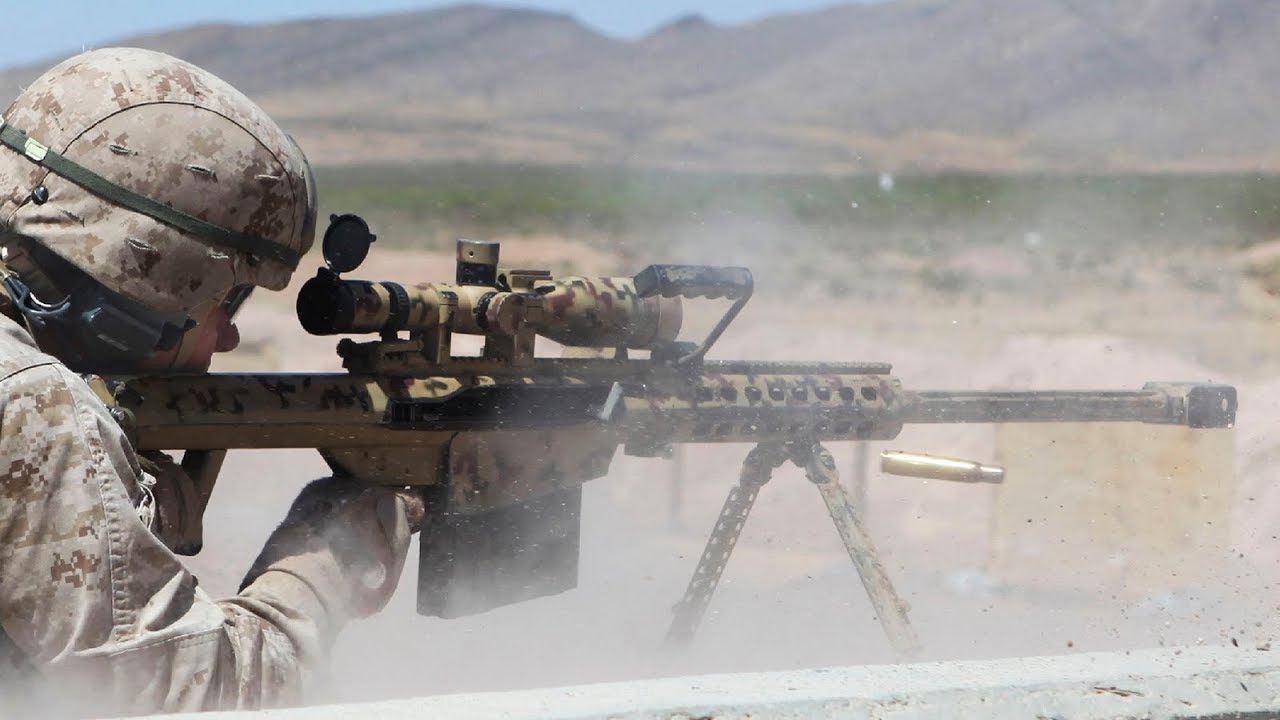
Because the A2 does not direct propellant gasses downward, it prevents a phenomenon known as “dust signature.” Essentially, the A2 doesn’t stir up as much dust and other debris on the ground during ignition. When the shooter is prone, this helps them see more clearly. Obviously, less dust makes their life easier as they avoid having to inhale dirt. It also keeps them somewhat less visible to their enemy during the daytime.
2. Muzzle Rise Reduction
Because the A2 only expels propellant gasses upward and sideways, it combats a phenomenon known as “muzzle rise.” Recoil is typically accompanied by upward tilting of the barrel. This can impact the shooter’s aim and/or increases the amount of time they must take to restore their aim on target. By expelling propellant gasses dorsally (upward) and not ventrally (downward), the A2 helps force the barrel to remain pointed at the shooter’s target. In effect, the A2 is a “hybrid device” because it doubles as a compensator.
Does the A2 have drawbacks? Many shooters believe so. Because its comparatively fewer slots redirect less propellant gas, the A2 may actually prevent less muzzle flash than the “holier” A1. Furthermore, some people argue that the A1 promotes greater accuracy as its symmetrical slots vent propellant gasses more uniformly.
The Takeaway
Although it may permit brighter muzzle flash and worsen accuracy (albeit to a negligible degree), the A2 effectively reduces dust signature and muzzle flash during ignition. Beyond that, there are no appreciable differences between A1 and A2 flash suppressors.


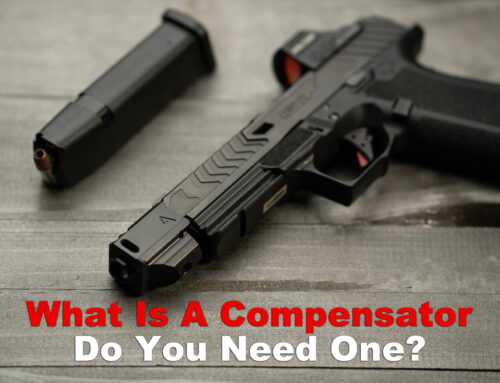
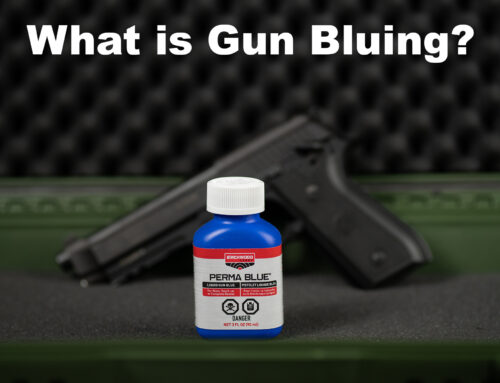
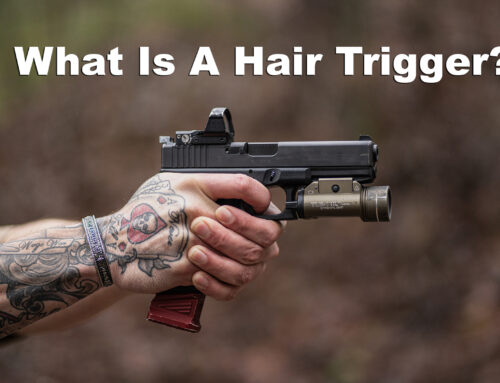

Leave A Comment